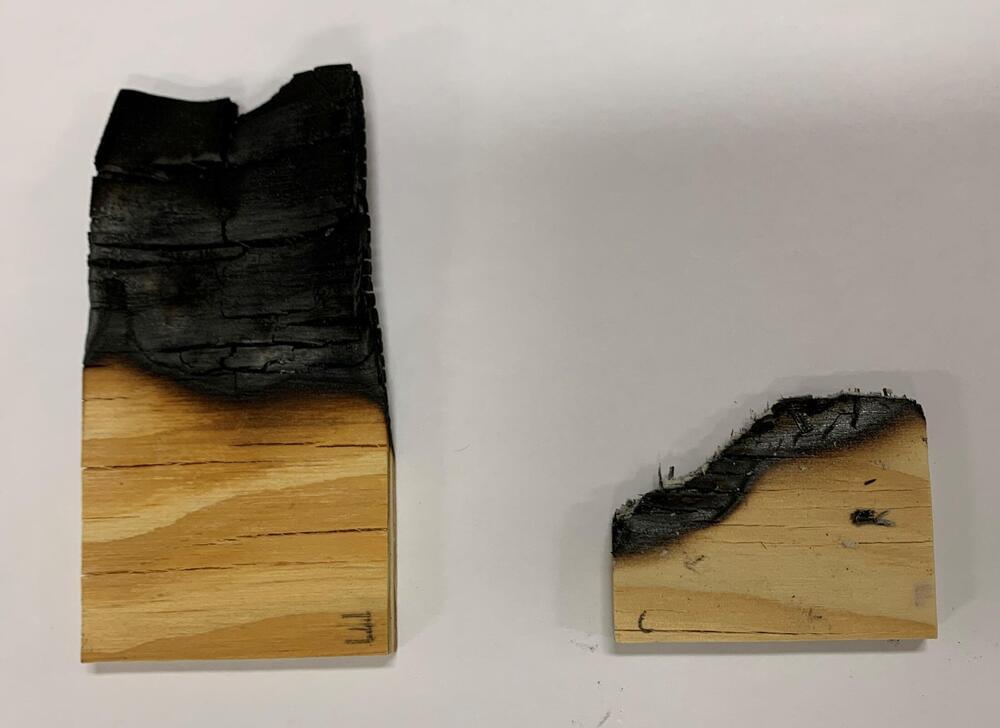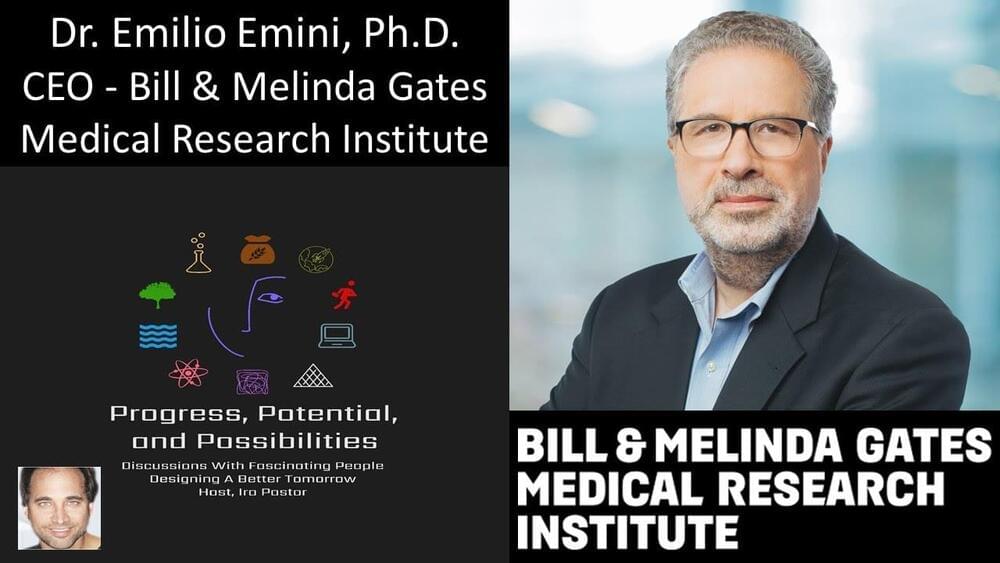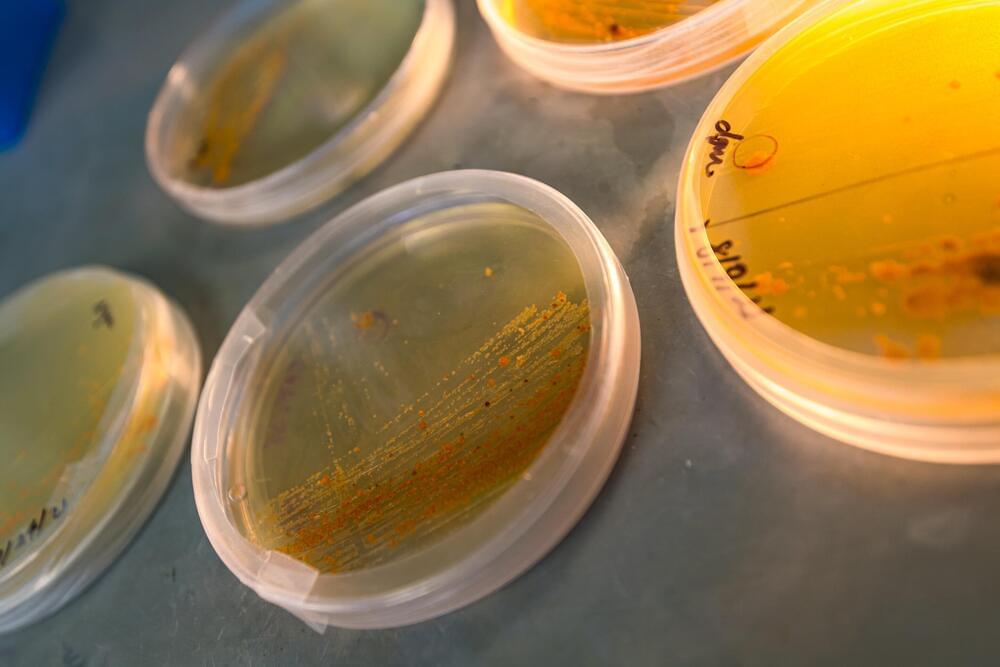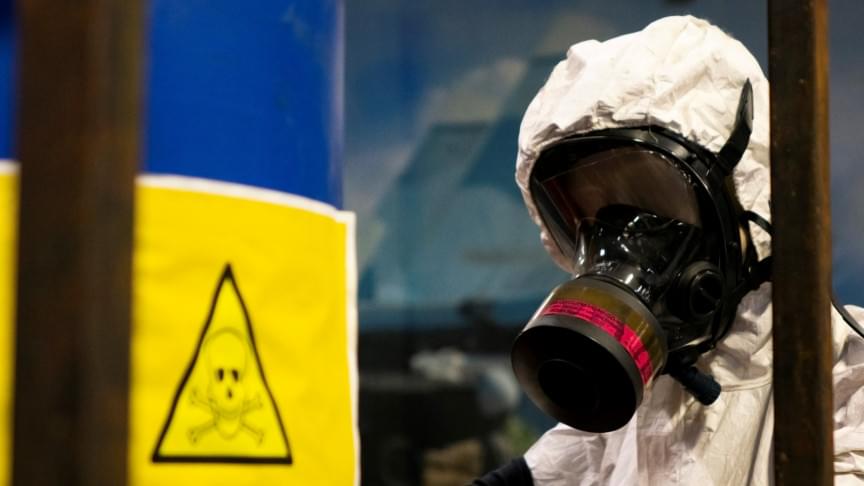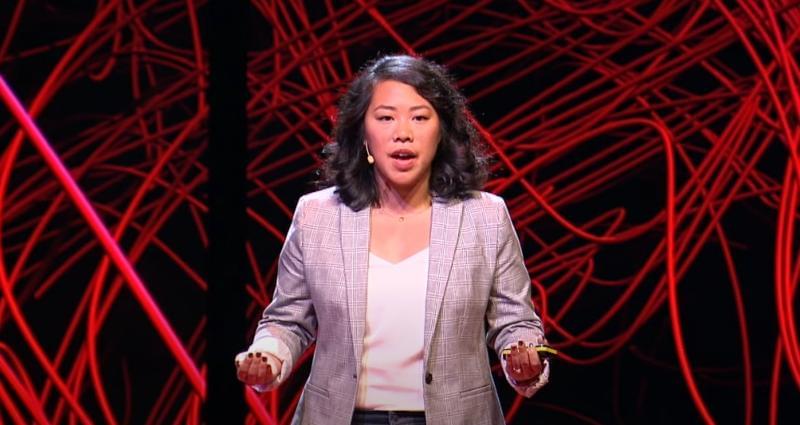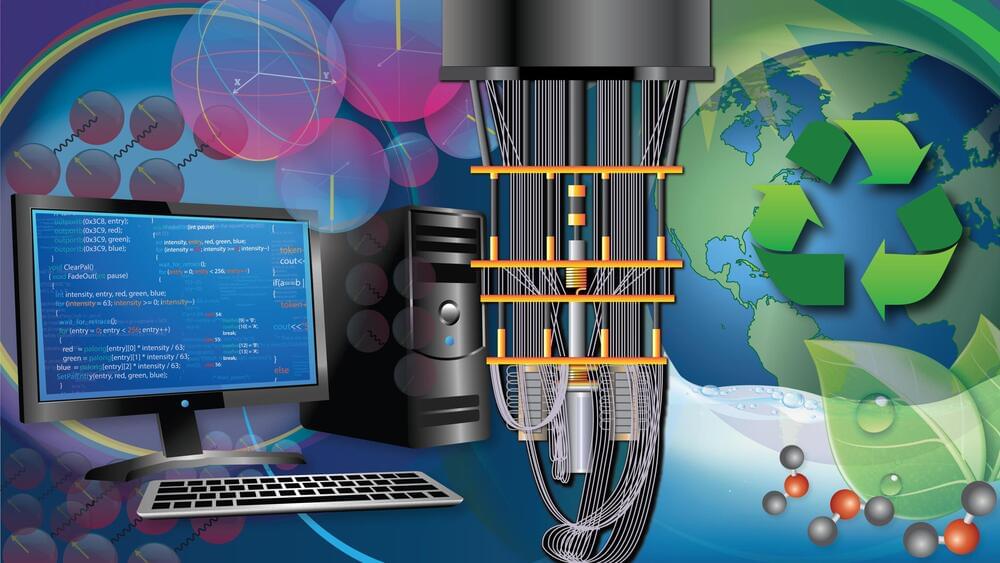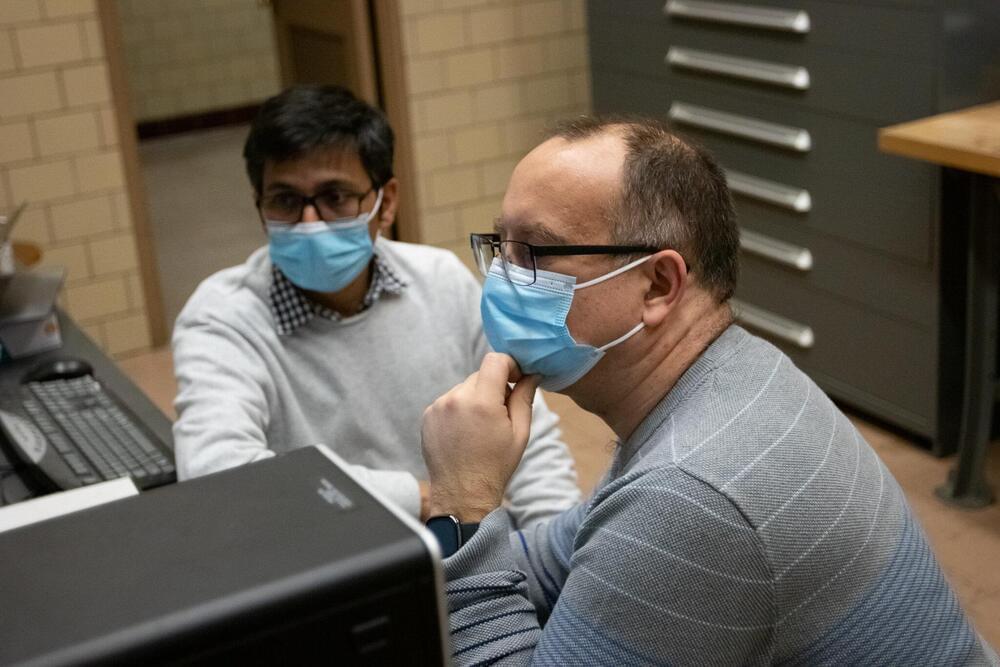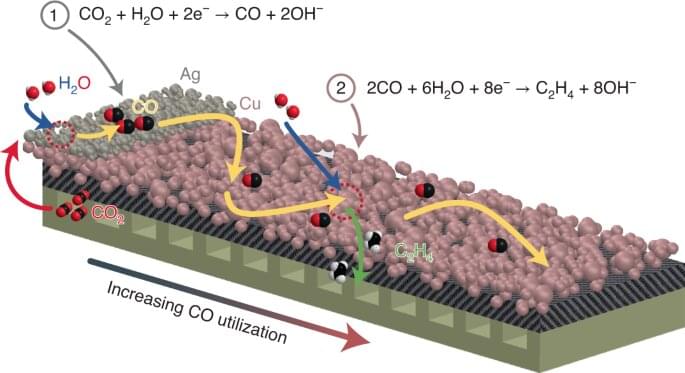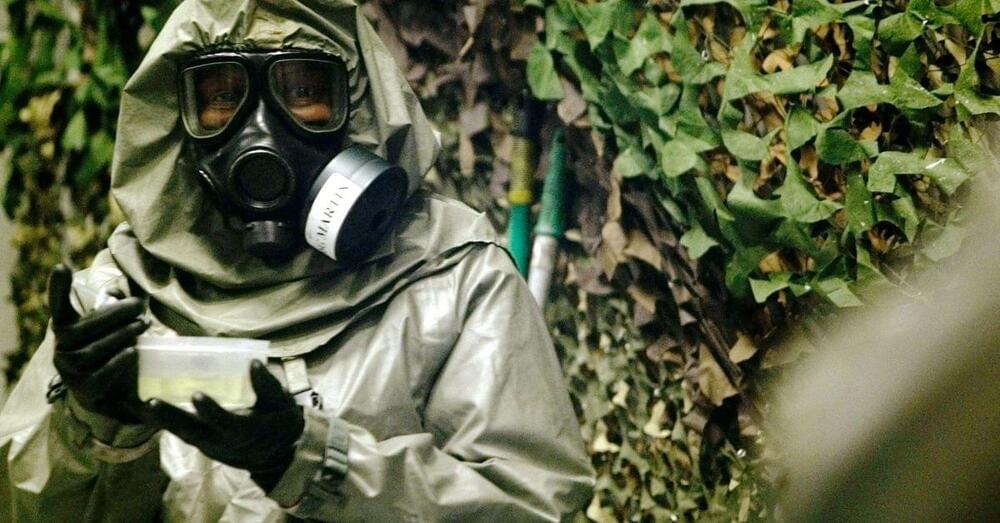Mar 22, 2022
Making wooden construction materials fire-resistant with an eco-friendly coating
Posted by Shubham Ghosh Roy in categories: chemistry, habitats
Devastating residential blazes and wildfires take a terrible toll in terms of deaths and injuries, as well as property loss. Today, researchers will report on a new type of coating that could limit the flammability of wood used in construction, potentially providing more time to escape fires and also curbing their spread. The environmentally friendly flame retardant could also be used for other flammable materials, such as textiles, polyurethane foam and 3D-printed parts.
The researchers will present their results today at the spring meeting of the American Chemical Society (ACS).
